NTN Co., Ltd. (hereinafter referred to as NTN) has developed “insulating coated bearings” that are resistant to electrical corrosion for the three-electric system (e-Axle) of pure electric (EV) and hybrid (HEV) vehicles.
NTN has plated an insulating film layer on the outer diameter and end face of the bearing’s outer ring to prevent electricity current from flowing inside the bearing. It can withstand voltages above 100V and has good insulation properties, which is in line with the market trend of high-voltage new energy vehicles.
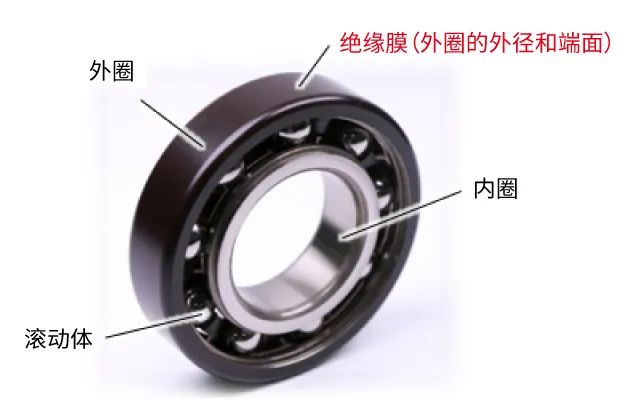
e-Axle insulating coated bearings
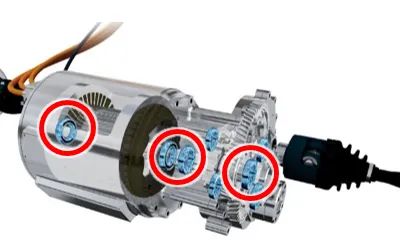
Application of insulating coated bearings red part
R&D background
In recent years, various industries have been promoting decarbonization and emission reduction, so the automobile market is also accelerating the development and popularization of environmentally friendly models, including EVs and HEVs. These cars with motors as their main power source are equipped with an e-Axle system that combines motors, inverters and reducers into one.
e-Axle is driven by electricity, but electric sparks are generated when current passes through the inside of the bearing, causing the metal structure to be corroded and peeled off. Therefore, overcoming electrical corrosion caused by leakage current is an issue for bearings used in three-electric systems.
Advantages of R&D products
Electrical corrosion resistance
By applying an insulating coating on the outer diameter and end face of the bearing outer ring, the current passing through the inside of the bearing is weakened, making it insulating enough to withstand voltages above 100V. The voltage that motor bearings withstand is generally less than 10% of the battery voltage, so the bearings can adapt even if the battery voltage increases to 800V in the future.
Heat dissipation
Because the thickness of the coating takes into account both electrical corrosion resistance and heat dissipation, it has the same heat dissipation properties as uncoated standard products.
Wear resistance
The insulation film has a low friction coefficient and good wear resistance. Compared with standard products without coating, it can reduce the total wear of the outer diameter of the outer ring and the inner wall of the bearing box by 88%. Even if creep slippage occurs in the fixed outer ring, the coating thickness required for insulation can be guaranteed.
Outer race track surface after electrical corrosion test
Standard products will cause corrugated plate-like damage that is unique to electrical corrosion.
In addition, the insulating coating developed this time can be applied to various NTN bearings on e-Axle, including NTN’s high-speed deep groove ball bearings.
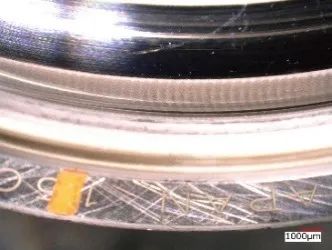
Standard bearings
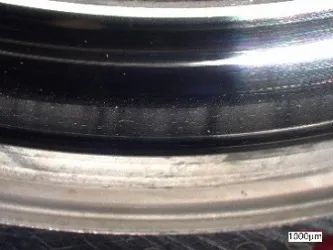
Insulating-coated-bearings
Electric corrosion of e-Axle
To increase the battery life of new energy vehicles and shorten battery charging time, the voltage of EV batteries is getting higher and higher. It is expected that 800V batteries will be popular in the future, but the impact of electrical corrosion caused by high voltage on bearings will also become greater.
In addition, to control the motor more efficiently, the control frequency of the inverter is also constantly increasing. It is foreseeable that the number of occurrences of sparks will increase, increasing the probability of electrical corrosion.
To extend the vehicle’s battery life and save electric energy, e-Axle continues to develop in the direction of small size and lightweight. While small and lightweight, to meet driving requirements, the motor must continue to have high torque and high power, so the bearings must be high-speed.
On the other hand, as the e-Axle becomes lighter, the bearings and bearing boxes become thinner and thinner. Under the additional effect of load, the outer ring of the bearing is prone to slipping. The slippage of the outer ring causes bearing wear, which in turn causes the eccentricity and tilt of the bearing, resulting in abnormal noise and vibration of the box, and the generated grinding powder will reduce the service life of the bearing.


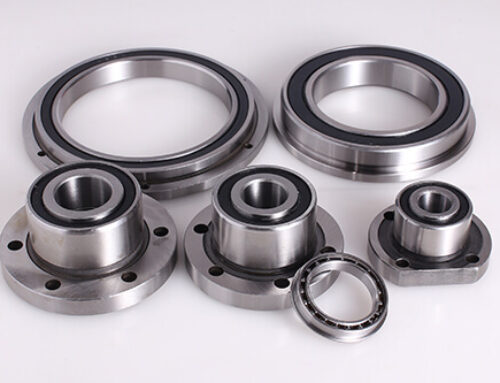
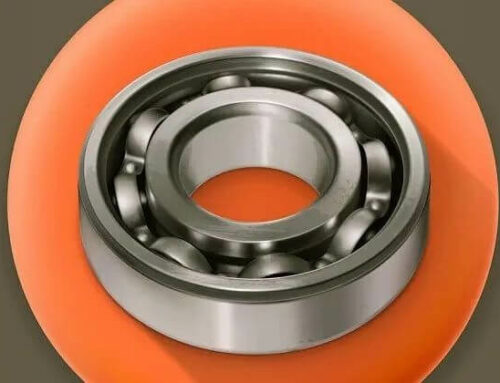
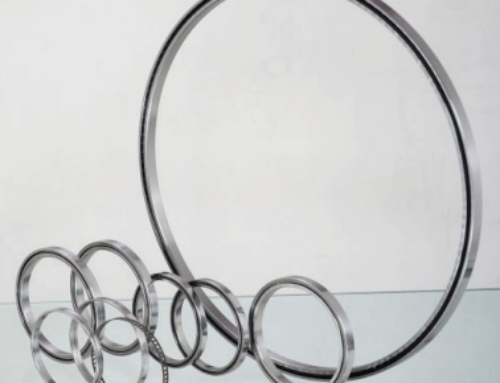
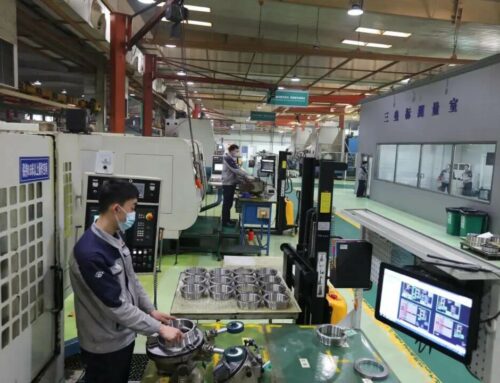
Leave A Comment